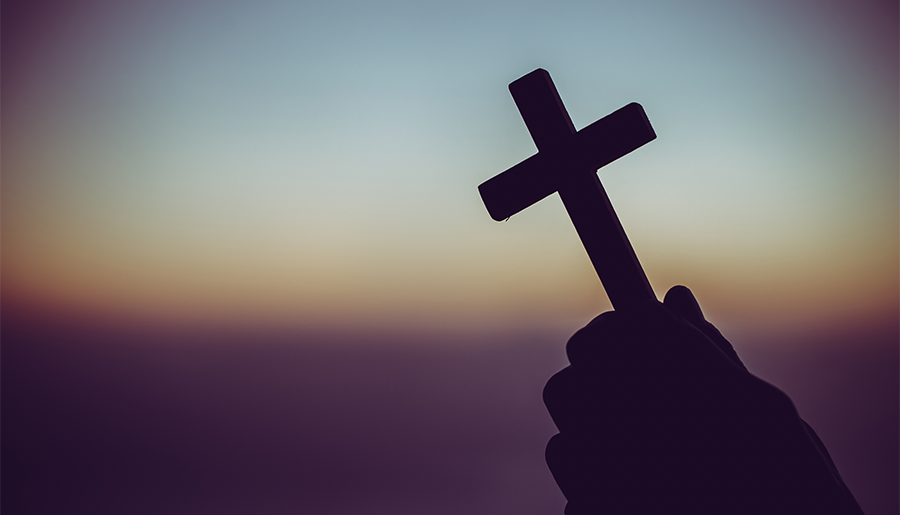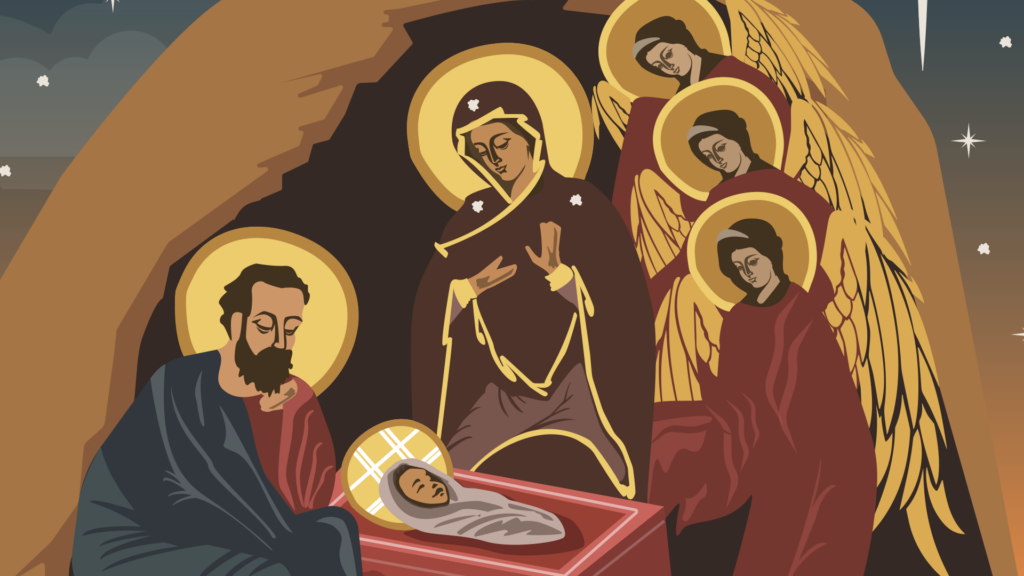What makes Holy Week to be the holiest week of the year? Is it only the memory of the holiest events in human history, Jesus’s Passion, Death, and Resurrection? This week, the final one of Lent, becomes holy for us only when we enter into these realities, participating in them through the liturgy and prayer. It invites us to walk with Jesus, step by step, through his work of salvation, so that we can be renewed by the mysteries of this week, letting them sink in and become alive for us in a new way.
Following Jesus step by step represents the true invitation of Holy Week, embracing his solitude and sacrifice and uniting ourselves to his saving work. We can spend time reading and praying through the Gospels, especially the Passion accounts. We can increase our fasting from both food and anything digital. Most importantly, we can enter into the Church’s liturgical celebration, which makes the events of this weekly mystically present to us.
Palm Sunday
The first step of our Holy Week pilgrimage begins on Palm Sunday, as we join the crowds who welcome him into Jerusalem, the same crowds who will shout “crucify him!” five days later. Jesus will manifest his kingship precisely through his suffering, uniting the response of the crowds on these days. We read two Gospels this day, one launching the Palm Sunday procession at the back of the Church and then the solemn reading of the Passion, from one of the Synoptic Gospels. This first step invites us to welcome Jesus as our king and to console him throughout this week with our love as the crowd turns from acclamation to betrayal.
Our next steps accompany Jesus in Jerusalem as we see the contrast between betrayal and love. Although it was customary to hold the Chrism Mass on Holy Thursday in the past, it is now generally celebrated earlier in the week. We can make a connection with this change to Jesus’s anointing in Bethany by Mary, who prepared him for his burial with her tears and the ointment with which she covered his feet. Mary gives us the example of love, showing how his friends should console Jesus during the time of his Passion.
Spy Wednesday
On Spy Wednesday, we meditate on Judas’s plans to betray his master and, in response, we should repent like Peter for the times we have betrayed Our Lord. We can console him for the pain of betrayal by one of his closest friends, spending time with him in prayer. Through the contrast of love and betrayal, we should learn the lesson of the fig tree, which Jesus cursed for bearing no fruit. Jerusalem has received the visit of the King and yet missed the opportunity to accept him in love. For this reason, Jesus predicts the destruction of the city, which foreshadows the end times, when he will come again in glory as judge. It’s a warning to us, to take advantage of this time of mercy he offers to us on these holy days.
Sacred Triduum
The final key steps occur on the Sacred Triduum–the three holiest days of this holy week–which begins on Holy Thursday. This day, also known as Maundy Thursday (from the mandate to imitate Jesus’s love in washing the feet of his disciples), commemorates the Last Supper and the betrayal of Jesus in the Garden. We strip the altar bare to symbolize Christ’s captivity, and process with the Blessed Sacrament to the altar of repose to spend time with Christ in the Garden. The apostles could not keep watch even for one hour, but we are now invited to keep Jesus company during his imprisonment.
Good Friday commemorates the Passion of Christ, allowing the Cross to stand alone without the celebration of Mass (the only day of the year without it in the Roman Rite). There is another solemn reading of the Passion, this time from John’s Gospel, veneration of the Cross, and the receiving of Communion (with hosts from the previous evening). This day should be one of somber silence, prayer, meditation, and fasting, as we focus our attention on the Cross, entering into Jesus’s complete gift of himself to the Father for our salvation.
Finally on Holy Saturday, we see the supreme Sabbath rest of Christ in the tomb, a time of mourning and also anticipation. The Easter Vigil that night contains the most moving liturgical symbolism of the year, beginning with a fire in the darkness, showing how the Resurrection illumines the darkness of the world in sin. The Vigil narrates salvation history through its many readings and this is the time converts enter the Church by receiving baptism, confirmation, and the Eucharist.
Holy Week has a goal. It’s not just to focus on the suffering and death of Jesus, but to be prepared for the new life he offers us in his Resurrection. Lent itself came about as an extended time of preparation for Easter. This time of preparation reaches its climax during Holy Week when we are called to set distractions aside to focus much more deeply on prayer and fasting. At Easter, we renew our baptismal promises, putting aside our old ways to put on Christ anew. Easter calls us to a rebirth in the Christian life, truly living as if Jesus has risen and everything has changed in light of his victory.






